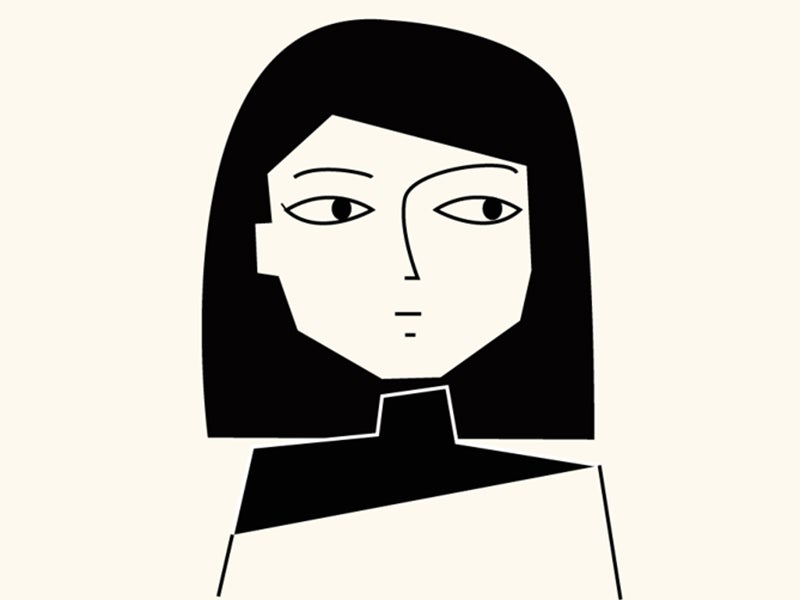Artists Who Love Wolves: An Interview with Victoria Fernández
In this series, we ask the artists behind the Join the Pack wolf art campaign what motivates them as artists and why they’re passionate about wolves.

This page was published 9 years ago. Find the latest on Earthjustice’s work.
Last summer, Earthjustice partnered with the Creative Action Network (CAN) to launch “Join the Pack,” an art campaign that combats age-old stereotypes about the gray wolf and celebrates the species as an icon of the wild. Artists heeded the call to create a body of work that brings attention to the plight of the gray wolf. In this blog series, we interview the artists behind the beautiful art submissions to learn what inspired them to imagine a kinder, gentler Big Bad Wolf.
The following is an interview with artist Victoria Fernández. The interview is available in English and Spanish.
Rebekah Olstad: How did you get your start as an artist?
Victoria Fernández: Almost 10 years ago I started my career in TV, first as scriptwriter, but then almost instantly I switched to the art department, designing and animating branding spots. Somehow this led to illustration, and five years ago I decided to pursue a career as an independent illustrator and animator.
RO: What inspires you about wolves?
VF: There’s something about wild things that really attracts me—they have amazing instincts. Wolves are wild creatures with a heightened sense of society and team work. They care about their pack like big families and that’s really impressive.
RO: How did you come up with the idea for your design?
VF: Wolves are very frequently portrayed as bad guys in children’s storybooks and that leads to prejudice with no real basis. My intention with this piece is to change that vision and make the wolf part of the classic happy ending because it’s a great, beautiful beast with a big heart.
RO: Wolves are in the crosshairs now. What do you think needs to be done to protect them?
VF: Learning more about them would help. The more you know them the more you love them, and therefore you’ll care.
RO: Do you think art can change the public’s perception of wolves?
VF: I think we live in a visual culture, so images have power and they can help reinforce a concept. But we’re also inundated with images online, so messages can fade if they are not consistent. Nowadays art can be used as a way of nonviolent revolution.
RO: Anything else you want to share with our readers?
VF: Join the cause: Save the wolf!